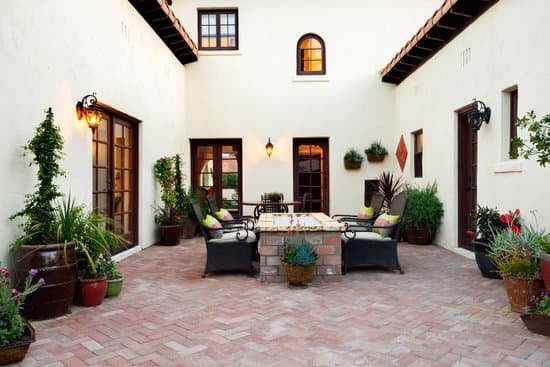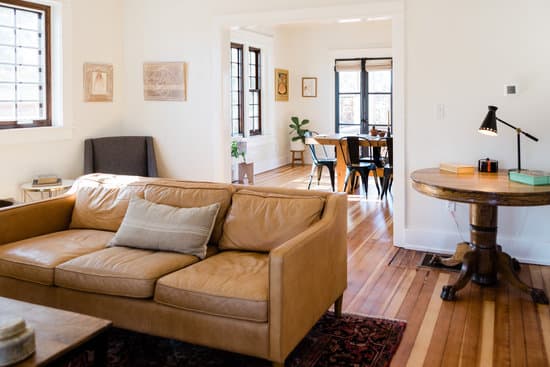Understanding the 80-20 rule of decorating
When it comes to home decoration, it’s easy to get carried away with different colors and accessories. However, it’s essential to understand the 80-20 rule of decorating to make the most out of your decoration activities. The rule states that you should decorate the majority of your room with neutral colors and use the remaining 20 percent of decorative items to bring vibrancy and excitement. This rule is based on the idea that neutral colors create a soothing background, while the small percentage of accent pieces add visual interest and energy.The concept of neutral colors in home decoration
Neutral colors are hues that don’t have a primary color, which makes them versatile, timeless, and easy to work with. Neutral colors include white, beige, gray, and black, but can also extend to pastels, muted hues, and earthy tones. The concept of using neutral colors in home decoration is to create a calming and cohesive background that allows accent pieces to pop. Neutral hues also work well with different decorating styles, making it easy to switch up accessories and textiles. Tip: When choosing neutral colors, consider the natural lighting in your room. Warmer colors, like beige and cream, work well in north-facing rooms, while cooler colors, like gray and blue, are ideal for south-facing rooms.How to bring vibrancy with just 20 percent of decoration
While neutral colors create a calming background, adding accent pieces brings life to a room. The remaining 20 percent of decoration can be achieved through accessories, textiles, and pieces of furniture. This includes:- Throw pillows and blankets
- Area rugs
- Wall art and decor
- Brightly colored curtains and window treatments
- Cushioned chairs and ottomans
Tips on choosing the right neutral colors for your room
Choosing the right neutral colors is essential to create an inviting and cohesive space. Here are some tips to keep in mind when selecting neutral hues:- Consider your furniture: Neutral colors should complement your furniture, so consider the style and color when selecting neutral hues. For instance, if you have wooden furniture, beige and ivory complement the tones of wood.
- Experiment with texture: Neutral colors don’t have to be flat. Experiment with different textures, such as linen, velvet, and wool, to add dimension to your space.
- Think about the vibe: Decide on the mood of your room before selecting neutral colors. If you want a peaceful space, consider using cool neutrals like gray and blue. If you want a warm and cozy room, opt for beige and tan.
Examples of successfully implementing the 80-20 rule in home decoration
The 80-20 rule is a tried and true guideline for successful home decoration. Some examples of implementing this rule in your home include:- Decorating a living room with beige walls, and adding colorful throw pillows, area rugs, and wall art to create a lively space.
- Creating a black and white bedroom with pops of pink or yellow in the bedding, curtains, and decor to add excitement and interest.
- Using a navy blue sofa in a neutral living room and accenting it with metallic accessories, such as a gold floor lamp and silver coffee table, to bring in color and shimmer.
Pitfalls to avoid when following the 80-20 rule in home decoration
While the 80-20 rule is an effective guideline for home decoration, there are some pitfalls to avoid. These include:- Overusing accent pieces: It’s easy to get carried away with accent pieces, but overdoing it can create a cluttered and disorganized space. Stick to a few items and allow them to stand out.
- Mismatched colors: While mixing and matching colors is okay, avoid clashing hues. Ensure that your accent pieces complement the neutral background.
- Mismatched textures: Similar to colors, textures should complement each other. Avoid mixing rough textures with delicate ones, as it can create an unbalanced space.



















